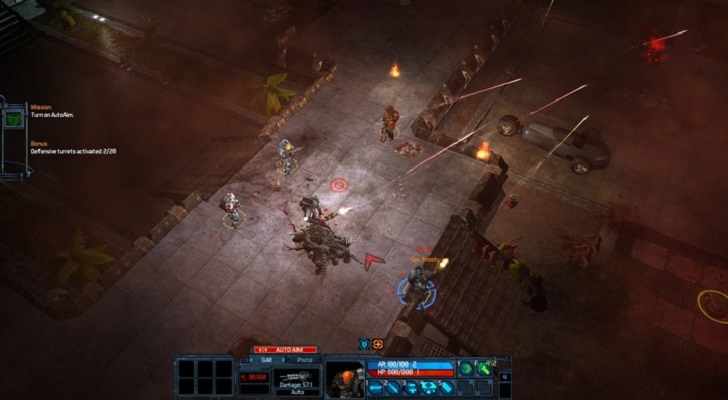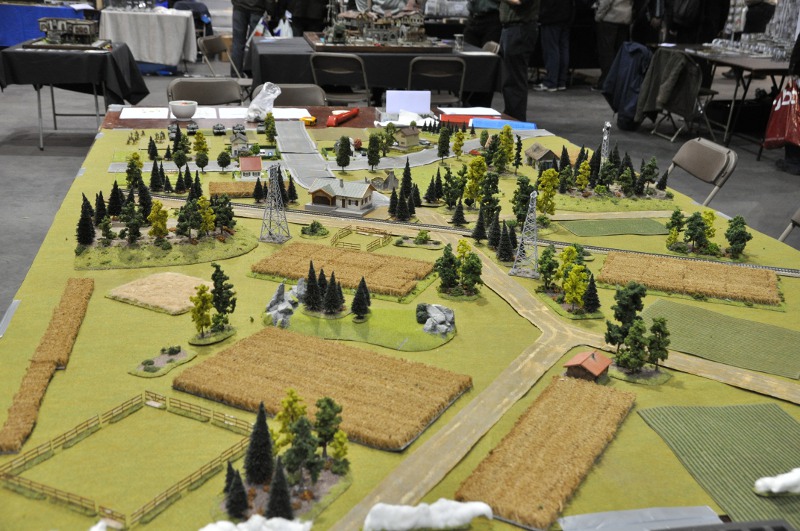

Suribachi bristled with heavily fortified defenses of more than 1,000 installations of some sort, including 642 block houses, pillboxes, and other gun positions that had been located by aerial and submarine surveillance over the previous nine months.Īn armada of invading Marines is seen heading for the shores of Iwo Jima on D-day as Mt. Yoshitaka Horie of the Imperial Army, later said, “It had been written on the geographical book as only an island of sulphur no water, no sparrow, no swallow.” One of the few Japanese survivors of the battle, Maj. Unlike many of the South Pacific islands that offered a tropical climate and foliage, Iwo Jima was a cold, craggy, barren volcanic island. It dominated the Iwo skyline, overlooking the landing beaches and the southern ground leading to the airfields, which were the Marines’ primary objectives. Suribachi was a fearsome, loathsome fortress.

To the Marines charged with taking Iwo Jima, Mt.

There’s nothing beautiful about this dormant volcano as it squats, in one writer’s words, “toad-like” at the southern tip of the pear-shaped island. Suribachi is only 554 feet tall, roughly the same height as the Washington Monument. It has become such a legendary landmark that it rises, in the mind’s eye, majestically into the sky. As the invading Marines quickly learned, the Battle of Iwo Jima was to be an exercise of the most bloody and grueling nature. Although WS-117L never flew, it provided the foundation for all subsequent satellites, breaking theoretical barriers and helping to overcome major technical hurdles, which ensured the success of America's first working reconnaissance satellites and their photographic missions during the Cold War.The objective was to capture Mount Suribachi and Motoyama Airfield No. As a fiscal conservative, Eisenhower believed a strong economy was the key to surviving the Cold War and saw satellite reconnaissance as a means to understand the Soviet military challenge more clearly and thus keep American defense spending under control. Dienesch demonstrates how WS-117L promised Eisenhower not merely military intelligence but also the capacity to manage national security against the Soviet threat. Eisenhower's presidency, focusing on the dynamic between military and civilian leadership. Dienesch's revised assessment places WS-117L within the larger context of Dwight D. Eyeing the Red Storm examines the birth of space-based reconnaissance not from the perspective of CORONA (the first photo reconnaissance satellite to fly) but rather from that of the WS-117L. The air force began concentrating instead on new programs that eventually launched the first successful U.S. Because of technical issues and bureaucratic resistance, however, WS-117L was seriously behind schedule by the time Sputnik orbited Earth in 1957 and was eventually cancelled. The goal was to take photographic images from space and relay them back to Earth via radio. Air Force launched an ambitious program known as WS-117L to develop the world's first reconnaissance satellite. SENTRY/SAMOS, MIDAS, and the Dissolution of WS-117L (1958-60) Epilogue: WS-117L in Perspective Appendix: Historiography of Eisenhower and Space Reconnaissance Notes Bibliography Index. Satellite Photography, Film Return, and the Birth of CORONA (1957-58) 7.

Origins: RAND and Satellite Reconnaissance (1945-54) 5. Eisenhower and Satellite Reconnaissance: Three Projects (1954-58) Eisenhower and Defense: Three Challenges, Three Responses (1953-56) 3. Truman and Eisenhower on the Cold War (1945-55) 2. Acknowledgments Introduction: Filling in the Gap List of Abbreviations.Bibliography Includes bibliographical references (pages 201-270) and index.


 0 kommentar(er)
0 kommentar(er)
